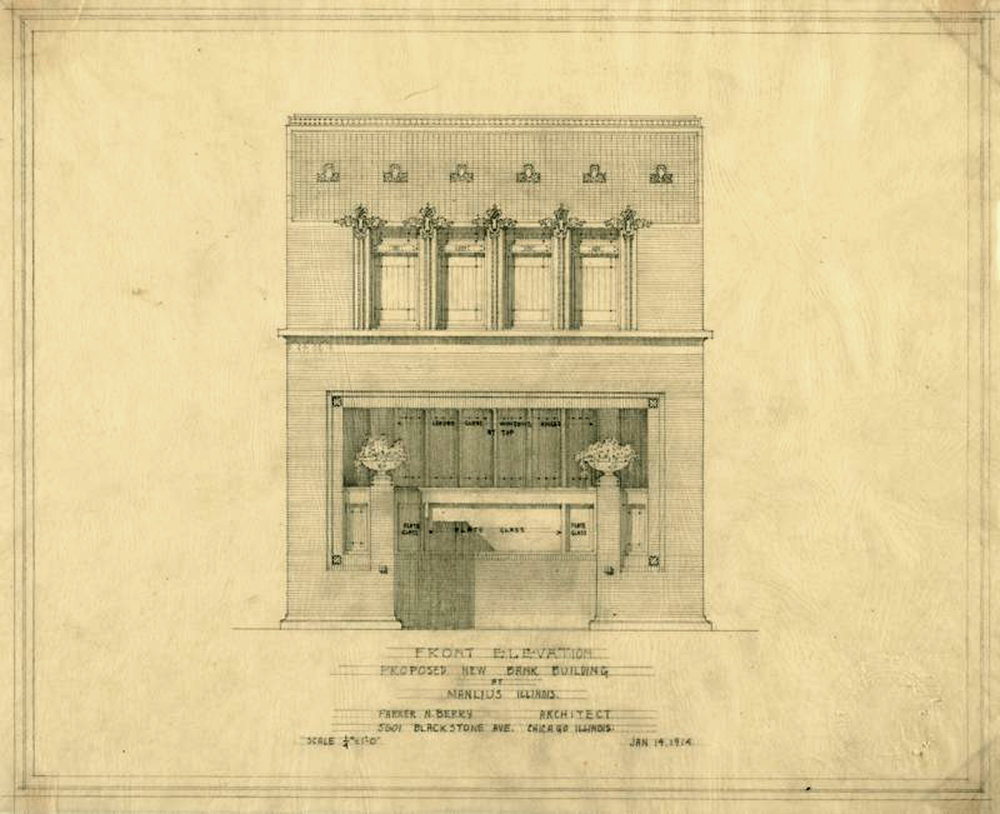
proportions of buildings
(excerpt from Architectural Maxims by Thomas L. Donaldson)
XXI.
Can it be supposed by any, who have thought on the subject, that beauty of form or gracefulness of proportion, even in a moulding, depends upon chance ? Some law, known or unknown, rules each.
XXII.
But is there anything more difficult to define than beauty? We know that there is a beauty in form, in color, in expression; still, who shall lay down a law of beauty, which shall embrace under one head the most exquisite productions of the Classic, and Eastern, and Western art, and those of the mediaeval periods? Who can reconcile under one common canon the massive column of the Doric and the slender shafts of the Gothic periods ? Each has its beauty, and that not a beauty of caprice or fashion. No doubt then that there are different qualities of beauty; but still there must be some leading principle, of which these are but various developments.
“Non ostante questi gusti nazionali, regna nell’ architettura un gusto commune, che tocca tutti ugualmente, almeno chiunque ragiona,” says Milizia, vite xlvii.
XXIV.
“To produce the effect of magnificence in Architecture, three things seem to be necessary—greatness of dimension, simplicity of design, and appropriate decoration. To satisfy the mind after examination, three other things are requisite—correctness of proportion, graceful drawing, and delicate execution. Of these six points, St. Peter’s has the first in a high degree, something of the second, and a great deal of the third: the three latter it also possesses, though not in a very remarkable degree: the proportions do not offend, and the drawing and execution are good.”— Woods, vol. i. p. 360.
XXV.
“May we not presume,” says George Moore, ” that the sublime emotions called forth by a view of the exterior of a grand building, such as the temple of Apollinopolis Magna in Upper Egypt, are chiefly due to the very great extent of its dimensions, the massive character of the composition, and the boldness and breadth of all its parts?”
XXVI.
Is not proportion the principal ingredient of beauty in Architecture ? And may we not concur with Blondel, when he says (1. v. c. xv.), ” Toute la beaute de l’architecture, toute sa grace, et enfin tout ce qu’elle a, qui peut plaire, s’efface et s’en va en fumee aussitot qu’il n-y-a plus de proportion ? “
XXVII.
“For the simplest and least-embellished edifice, if it have the merit of just proportion, will produce a satisfactory impression; whereas the most decorated buildings, if devoid of proportion, can never be beautiful*.”—Milizia.
* As in a picture fine chiaroscuro, brilliant and harmonious colouring, and good composition, do not compensate the absence of correct drawing.
XXVIII.
Unity without variety produces uniformity and insipidity. From variety without unity result confusion and distraction.
…more on ornament page